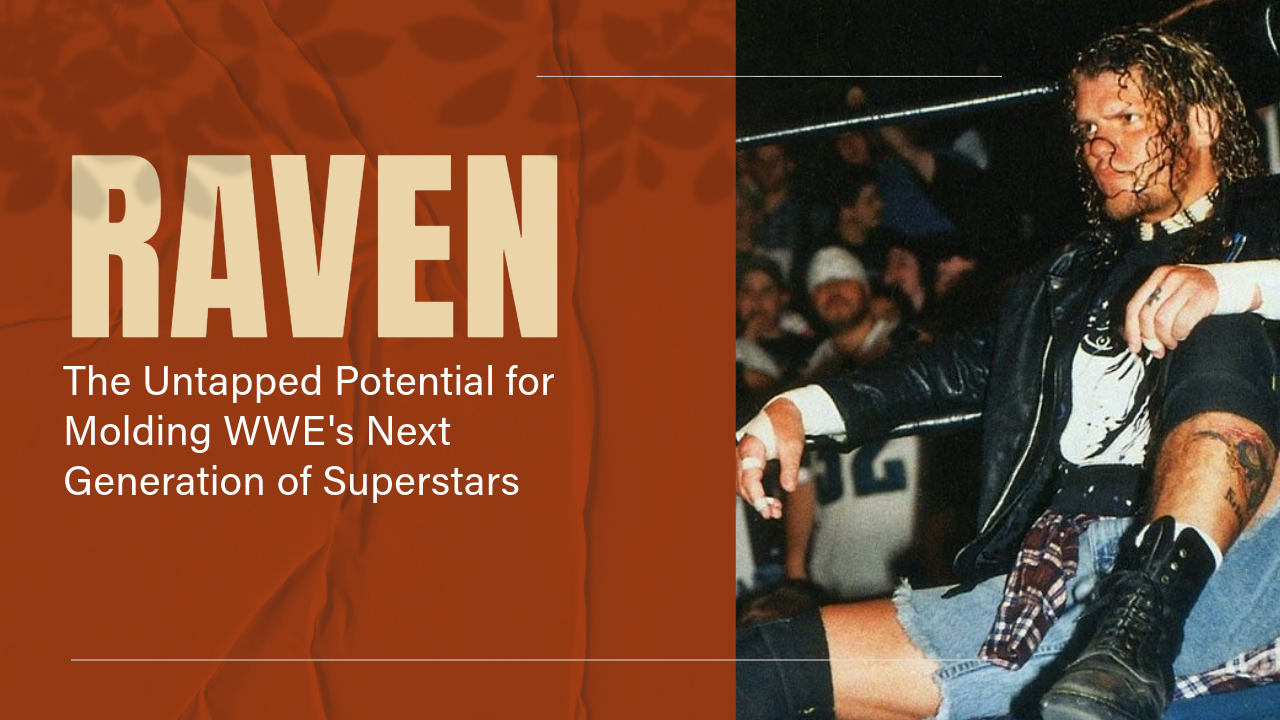The Diving Headbutt: A Cautionary Tale
The Diving Headbutt is a stunning yet highly effective maneuver that allows the wrestler to soar off the top rope with their arms spread as they come crashing down with the force of their head impacting the opposition’s body below.
While this aerial attack is undeniably awe-inspiring to witness, it’s now rarely utilized on television due to long-term health effects on the body and brain. It has frequently been brought up in conversation as part of several cautionary tales.
What was once an origin of pride later transformed into regret.
Harley Race is widely credited as the innovator of the Diving Headbutt, and so is the case with several other memorable wrestling maneuvers; this was discovered entirely by accident. When Race’s opponent rolled out of the way, the former NWA Worlds Heavyweight Champion was forced to adjust. While descending upon his opponent, Race executed a headbutt from the top rope that quickly became a signature in Race’s arsenal.
For years, Race would feature this move throughout hundreds of matches, but it was ultimately one to forget once injuries started to pile up.
According to his book King of the Ring: The Harley Race Story, Harley embarked on a two-week tour in Japan shortly after his final WWF match against Haku. At the time, Harley was already dealing with significant injuries. To eliminate risky moves that could cause further damage, the diving headbutt was the first move he did away with.
Race was one of the toughest and most durable men in professional wrestling, so despite his injuries throughout various decades, he managed to live until the age of 76.
Pic: Uproxx.com
Unfortunately, the same fate could not be said for two others who took his move to new heights, both figuratively and literally.
Bret Hart and several others have cited the Dynamite Kid as one of the most innovative wrestlers. While smaller in stature, he was unapologetically ferocious and technically sound. He was one of the first to famously interweave several different styles of wrestling and bring it to the North American stage. One of the most remarkable components of Dynamite’s diverse offense was his high-flying maneuvers which famously featured the Diving Headbutt, a move he adopted from Harley Race.
While Race would splash down from the top rope, Dynamite would leap across the ring as a swan dive with no regard for his own body.
Admittingly, the first time I ever witnessed Dynamite land this move as a child, my jaw dropped as my eyes were wide open. I was mesmerized. Anytime I hit my head with any force, I felt it, so that had to hurt both of them, right?
Pic: WWE.com
As the years went on, the Dynamite Kid ultimately paid the price for the heavy drug use and the no non-sense style of wrestling that captivated him to the audience while inspiring an entire generation of performers after him. By 1997, Dynamite would lose the use of his left leg and spend the remainder of his life confined to a wheelchair. A stark contrast from his high-flying presence a decade earlier.
Harley later stated that he regretted innovating the Diving Headbutt as it caused spinal problems, potentially contributing to Dynamite’s confinement to a wheelchair. The other problem that Race brought up related to the Diving Headbutt was concussions. While Dynamite experienced those issues and may have even been connected to his stroke, it would pale compared to an individual who later adopted the move from him.
Chris Benoit idolized the Dynamite Kid and first met his hero at 12. A young Benoit was obsessed with Stampede Wrestling and determined to become a professional wrestler like Dynamite. This dream soon became a reality.
Chris patterned everything from his physique, appearance and in-ring style after The Dynamite Kid, but one striking resemblance was in their signature move, the Diving Headbutt. Much like Dynamite, Chris would gracefully leap off the top rope with his arms spread like a falcon, only to come crashing down with such velocity and fearlessness.
A prime example of his disregard for danger transpired when Benoit leaped off a 16-foot steel cage onto the torso of a fallen Kurt Angle. Given what we know now about brain injuries, I would be shocked if Chris walked away from that bout devoid of concussion symptoms. This wasn’t the first time he took a risk of that magnitude.
Pic: WhatCulture.com
Following the Benoit family's tragic and unforgivable double murder-suicide during the weekend of June 22nd, much speculation was brought up regarding steroid and alcohol abuse. Still, the severe CTE was perhaps the most telling of all.
During the autopsy, it was revealed that Chris Benoit’s resembled the brain of an 85-year-old Alzheimer’s patient. Chris was merely 40 years old at the time of this tragedy.
As Christopher Nowinski brought up during Vice’s Dark Side of the Ring, Benoit revealed about a year before the tragedy that he had “more concussions than he could count.”
Those concussions can be attributed to Benoit’s intense style of wrestling that spanned upwards of 1000 matches which frequently included moves such as the Diving Headbutt. While it’s impossible to speculate just how much of a role that specific move played in the damage caused to his brain, it would be fair to acknowledge that it certainly wasn’t preventing it. Neither did the countless unprotected chair shots.
Those who do not learn history are doomed to repeat it, which was nearly the case with Daniel Bryan, aka Bryan Danielson. Due to many years of wrestling, a similar style of wrestling implemented by Dynamite and Benoit, he was forced to retire in 2016 due to multiple concussions and a brain lesion that caused seizures. Miraculously, Bryan was medically cleared to compete again in 2019, altering his competitive approach.
Whether it was Harley Race or someone else after him, it was inevitable that this move would be discovered, but the sentiment of regret from the NWA Worlds Heavyweight Champion is somewhat haunting. One move cannot be solely blamed for the injuries listed above, but it leads one to question if it contributed to them even in the slightest.
To this day, countless wrestlers continue to add this controversial move to their repertoire and the inherent risk and responsibility that comes with it. As is the case in professional wrestling, you are free to choose, but not from the consequences of your choice.






